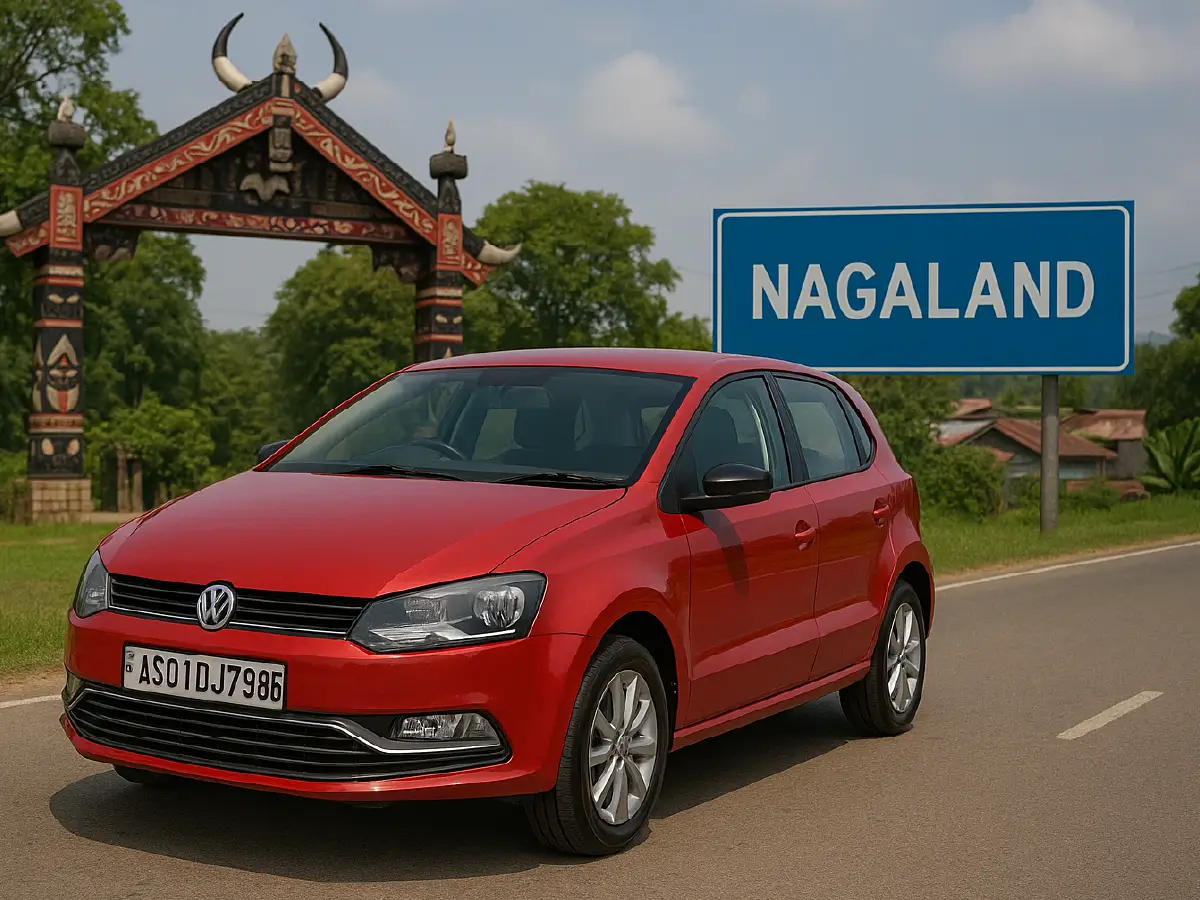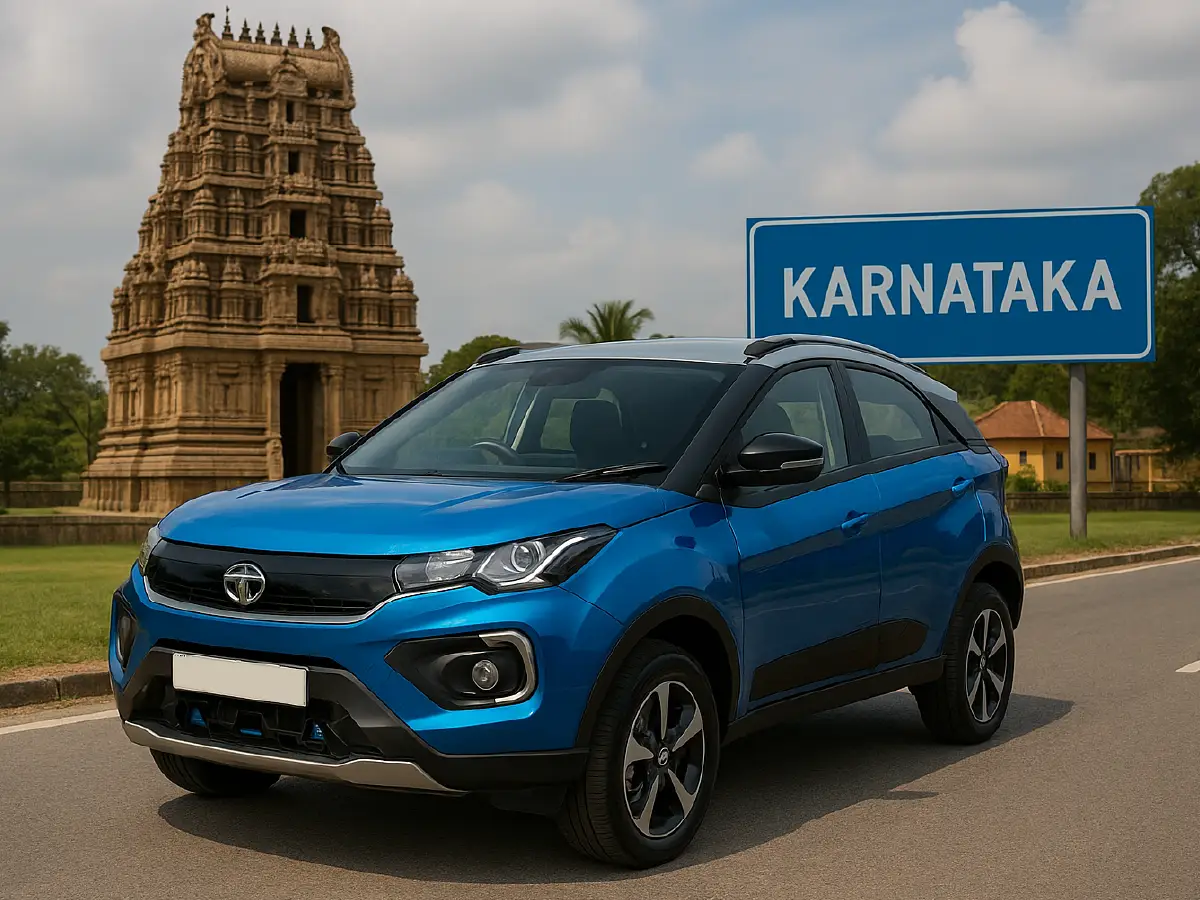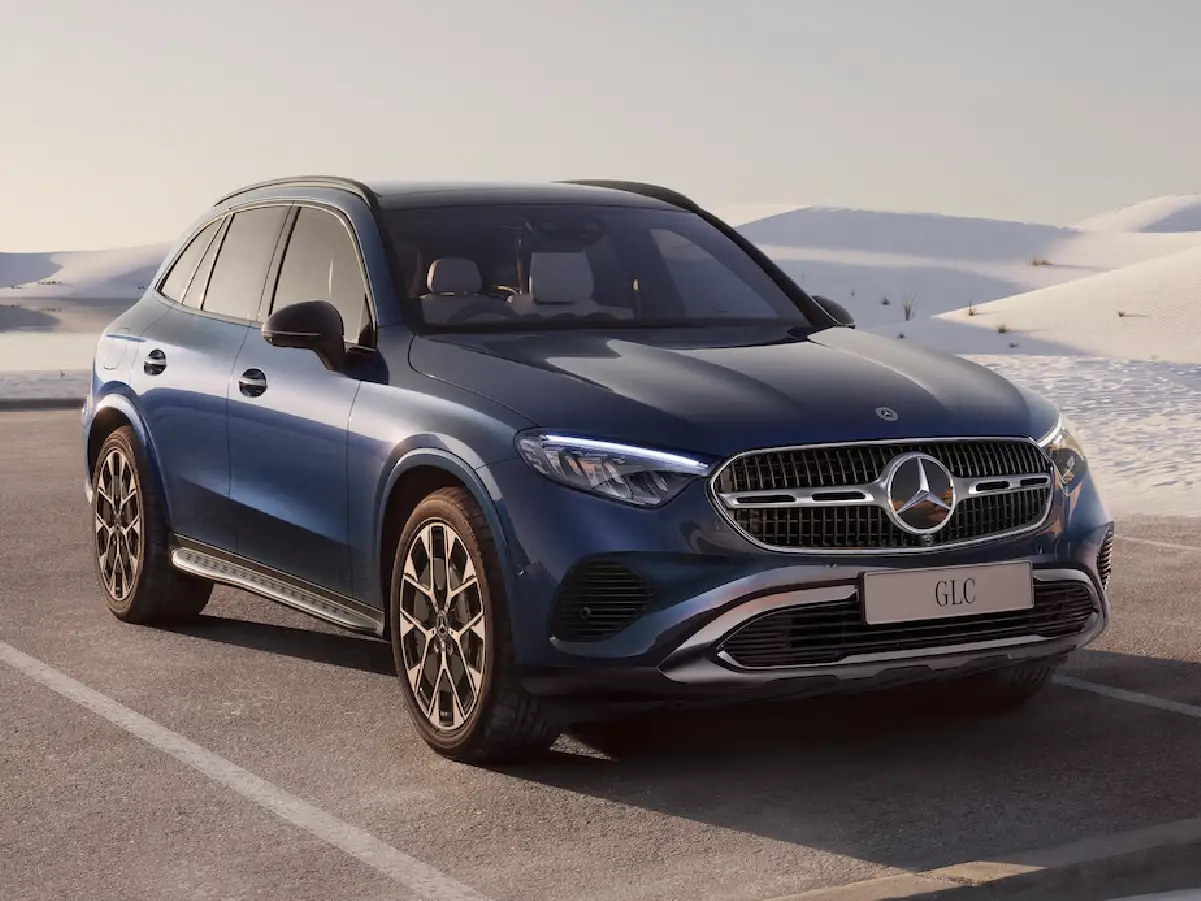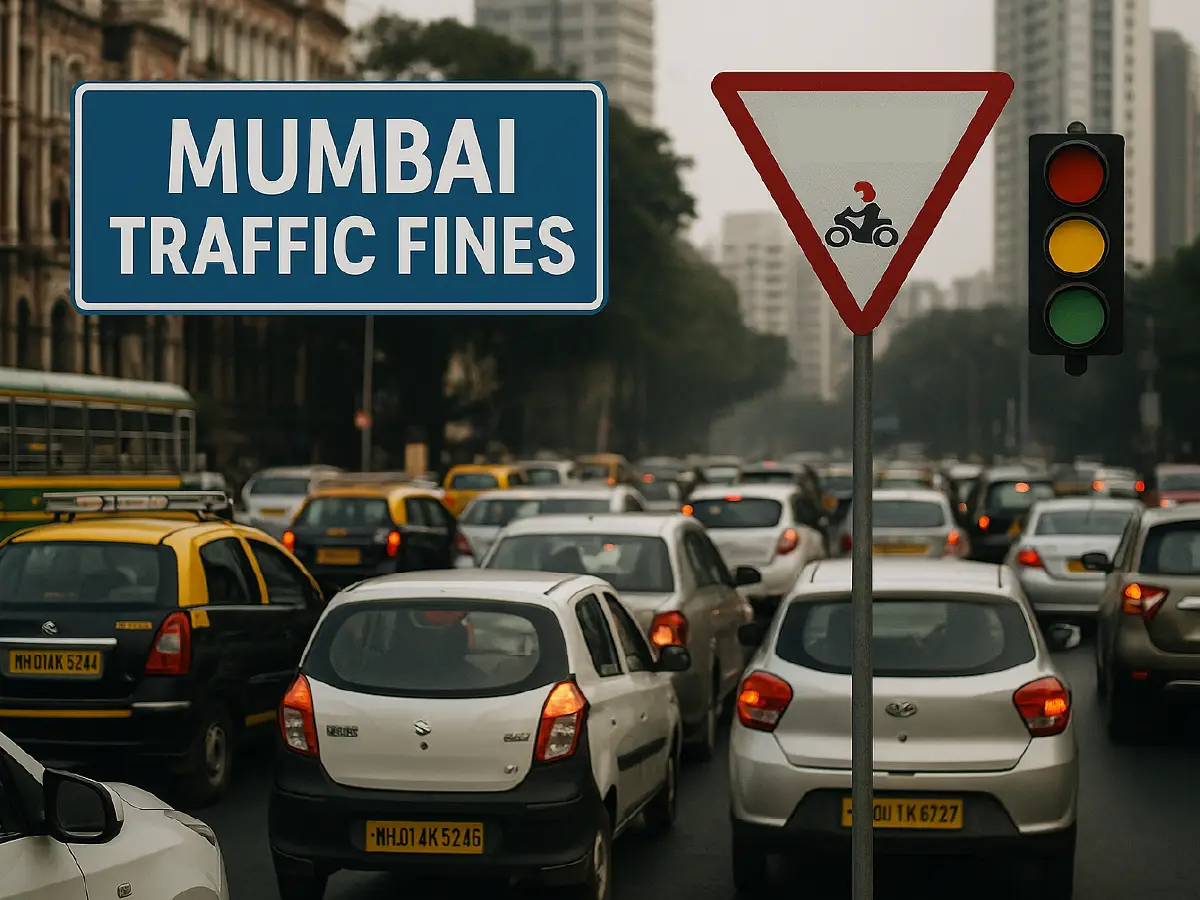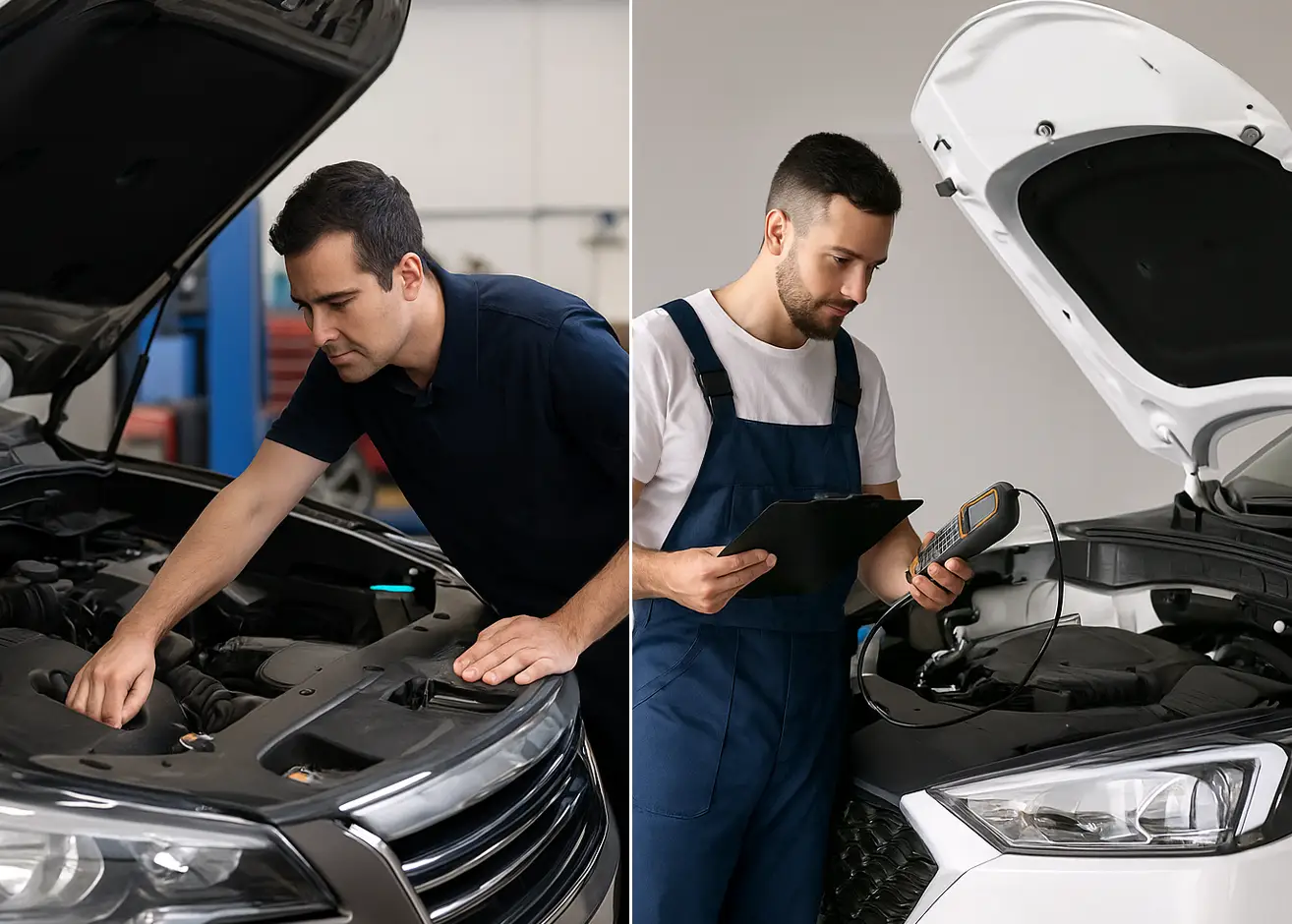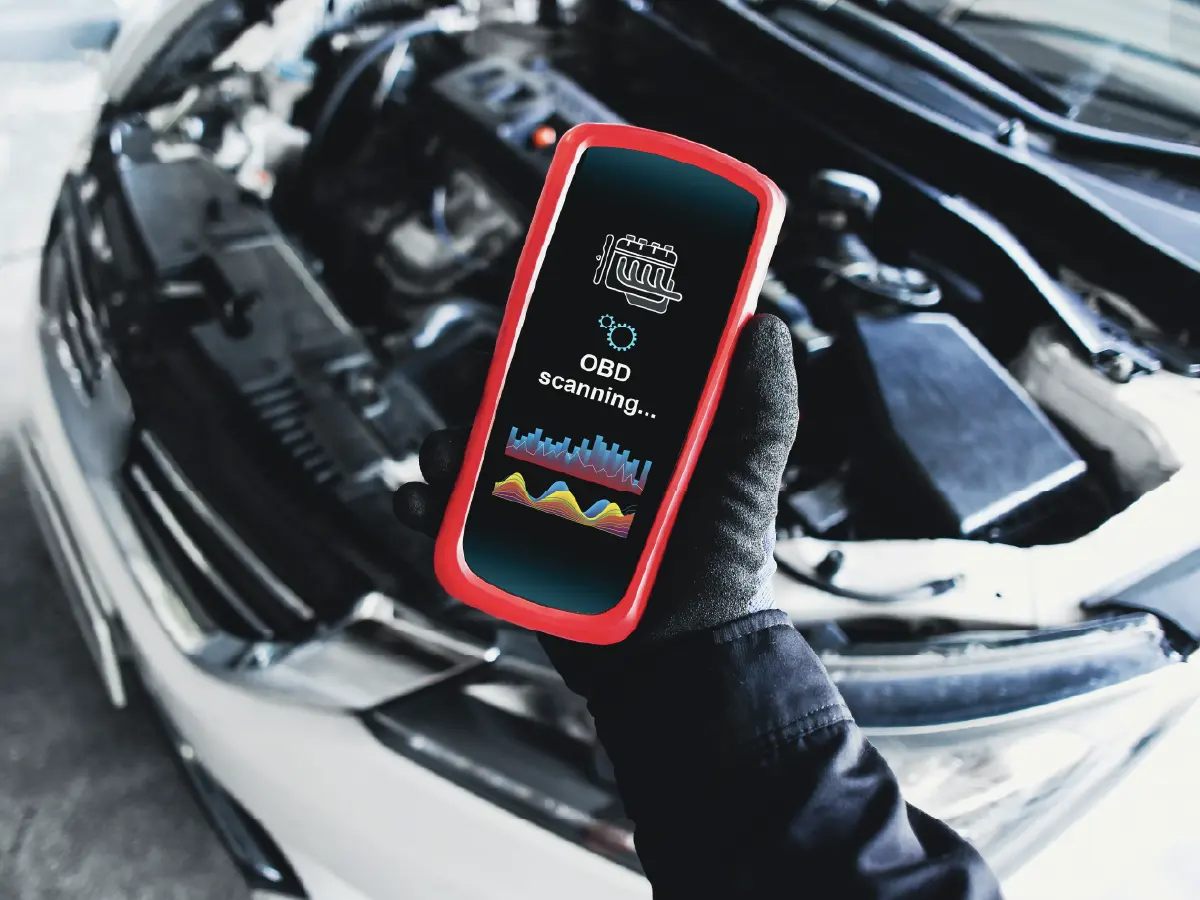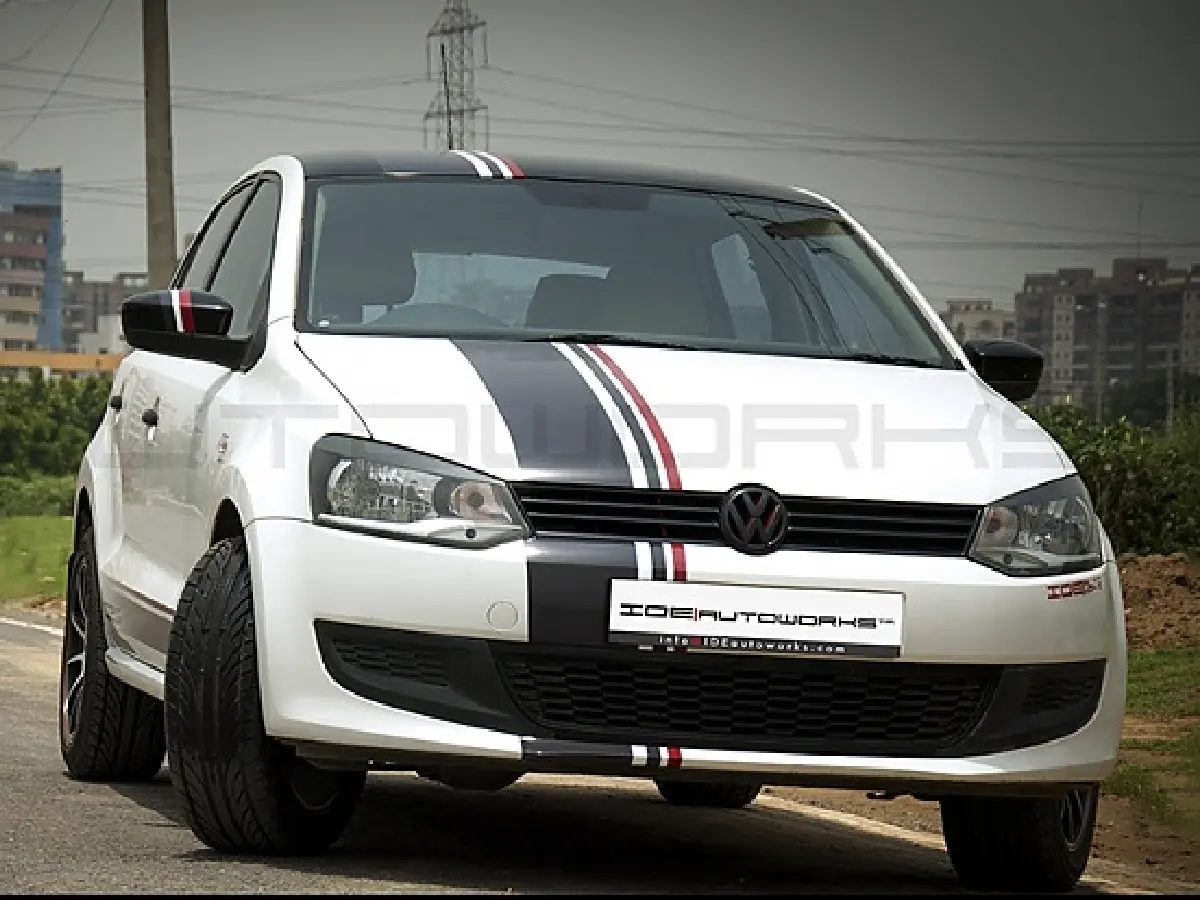

The Sustainable Blend: A complete guide to ethanol blending and E20 petrol for used car buyers in India
- 1Ethanol blending is the process of blending ethanol with petrol.
- 2Ethanol blending has largely reduced India’s dependence on fossil fuels
- 3India has achieved 20% ethanol blend target with E20 petrol, 5 years before target
With both government policies and stricter emission norms slowly phasing out diesel engines, India’s dependency on petrol has increased manifold in recent years. To tackle the situation, the Government is aggressively pushing its Ethanol Blended Petrol Programme, with a majority of fuel stations in India now offering Ethanol-Blended E20 petrol. While this blend is undoubtedly sustainable, there are still a lot of questions surrounding ethanol blending and E20 petrol in India and its impact, especially for older vehicles. In this article, we break down everything about ethanol blending and what it means for used cars in India.
What is Ethanol Blending and why is it needed?

Ethanol blending is a process of mixing or blending ethanol, a renewable biofuel, with petrol to create a cleaner and more sustainable fuel. Since ethanol is a viable biofuel that can be derived by processing biomass sources such as sugarcane, the practice of ethanol blending has largely reduced India’s dependence on fossil fuels and the high-value import of crude oil.
Moreover, by adding ethanol to petrol, the oxygen content of fuel is increased, leading to lower emissions and cleaner burning. Additionally, since ethanol in India is largely derived from sugarcane molasses, rice, maize, and other agricultural sources, ethanol blending has also elevated the agricultural sector in India. With ethanol-blended petrol, India aims to tackle its ever-increasing fossil fuel dependence in a greener and more sustainable way.
India’s Journey of Ethanol Blending
With several countries widely adopting ethanol blending, India’s journey towards achieving ethanol blended petrol began in 2003, when the Government of India officially launched its Ethanol Blended Petrol (EBP) Programme in 2003. Since then, the ethanol blending in India has come a long way, achieving a 10% ethanol blend target in 2021-22, which was further increased to 12.06% in 2022-23, 14.06% in 2023-24, and 20% in July 2025.
With such a progressive implementation of India’s EBP Programme, the Government decided to achieve the target of supplying E20 (20% ethanol blended) petrol by 2025, which was initially set to be achieved by 2030. As of August 2025, India has achieved its 20% blend target with E20 petrol now being supplied to a majority of fuel stations across the nation.
The Impact of E20 Petrol on Used Cars in India?
Despite ethanol blending being a promising move in terms of sustainability, the overall success of E20 petrol adoption largely depends on the vehicle engine and its compatibility with ethanol blended petrol.
While a majority of automakers such as Maruti Suzuki, Hyundai, Tata and Mahindra have already announced their 2025 lineup to be E20 petrol compliant, the real question is whether E20 petrol is safe for older vehicles and used cars in India? The answer to this question isn’t as simple as it looks. To make things simple, we have divided used car models into two categories:
Used Cars Manufactured Post April 2023
If you are planning to buy a used car manufactured after April 2023, you do not need to worry at all about E20 petrol compatibility. That is because the BS6 Phase 2 norms, which came into effect from April 2023, required all car manufacturers to tune their Electronic Control Units (ECUs) to accommodate smooth and unhindered functioning on the E20 petrol blend. So, for cars that are manufactured post April 2023, refuelling with E20 petrol can be safe with no significant mileage drop or engine wear and tear.
Used Cars Manufactured Between 2012 to 2023
If you are planning to buy a used car manufactured between 2011 to 2023, chances are that the vehicle is already E10 (10% ethanol blend) compliant. For these used cars, E20 petrol can lead to a 2-4% reduction in fuel efficiency, which can be tackled through timely engine tuning and regular maintenance and service. Moreover, with used cars that are E10 petrol compliant but running on E20 petrol, regular replacement of certain rubber parts and gaskets after every 20 to 30,000 km can prove to be beneficial to maintain long-term engine health and performance.
How to check engine compatibility with ethanol blended petrol?
Now that you know all about E20 petrol and its impact on the used car you love, it is crucial to know which ethanol blend your car is compliant with. To know your car’s supported petrol blend, you can do the following:
- Check your Owner’s Manual
- Inspect the Fuel Door
- Contact the Manufacturer
Common Myths about E20 Petrol Busted!
With E20 petrol reaching almost all major fuel stations, there is a lot of talk about the new flex fuel. From mileage concerns to doubts about engine life, knowing what's true and what’s not can be quite confusing. Well, fret not, for we are here to bust all the myths.
| Myth | Truth / Reality | |
| Ethanol is only bad news – no real benefits | Ethanol blending reduces CO₂ emissions, fuel imports, and farmer dependence on subsidies. | |
| Ethanol-blended petrol (E20) damages older vehicles | Extensive government-backed tests (ARAI, IIP, Indian Oil R&D) showed no performance or durability loss even in vehicles driven over 1 lakh km. Minor part replacements (rubber/plastic) are manageable. | |
| Ethanol drastically reduces fuel mileage | Slight mileage drop: ~1–2% for E10-calibrated engines and ~3–6% for others. Not significant and often mitigated by engine tuning. | |
| Ethanol causes corrosion in fuel systems | Modern fuels include corrosion inhibitors. BIS and OEM standards ensure the use of ethanol-tolerant materials in fuel lines, tanks, and injectors. Risk in older cars is exaggerated. | |
| Consumers are forced to use adulterated petrol | Misconception. E20 rollout is phased, consultative, and certified. It is not “adulteration” but a regulated and tested fuel blend. | |
| Ethanol leads to food shortages | Policy now promotes second-gen ethanol from non-food biomass. Current ethanol demand is balanced with farmer interests and food security priorities. | |
| Ethanol leads to lower lubrication and more engine wear | Modern E10/E20 blends include lubricity additives. No proven lubrication-related failures in older Indian vehicles. Age-based wear, not ethanol, is the usual cause. | |
| Ethanol increases knocking in pre-2017 cars | Some pre-2017 vehicles lack adaptive ECUs and may require ignition timing adjustment. Ethanol itself has higher knock resistance, but poor ECU calibration can cause issues. | |
| No evidence of increased taxes; pricing is a business+policy choice, not a scam. |
Ethanol Blending: The Way Ahead
Ethanol blending in India has already elevated the country’s energy security by helping save Rs. 1.40 lakh crore in foreign exchange through petrol substitution since 2014-15. With a strong commitment towards sustainable development, the Ethanol Blended Petrol Programme of the Government is now set to achieve its next milestone – a 30% ethanol blend by 2030. With a vision to achieve global standards of ethanol blending, India is all set to witness a flex fuel revolution.
Frequently Asked Questions
Expand all